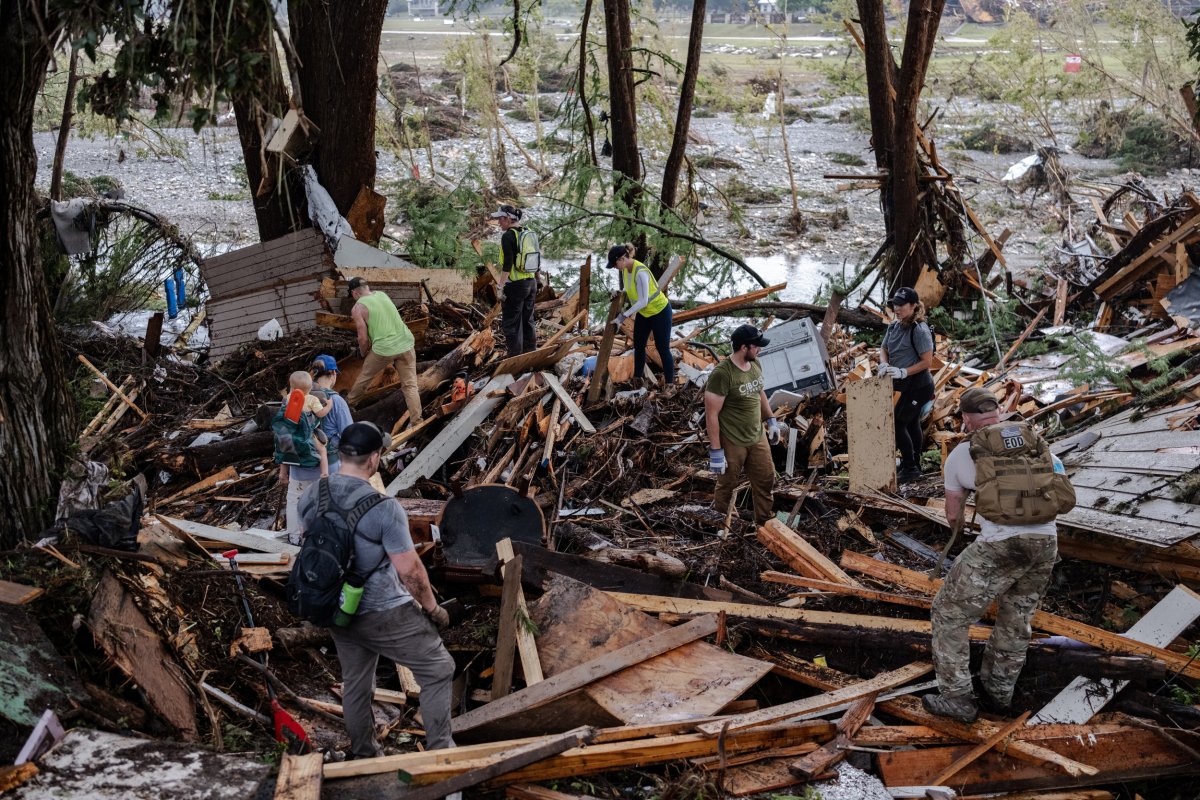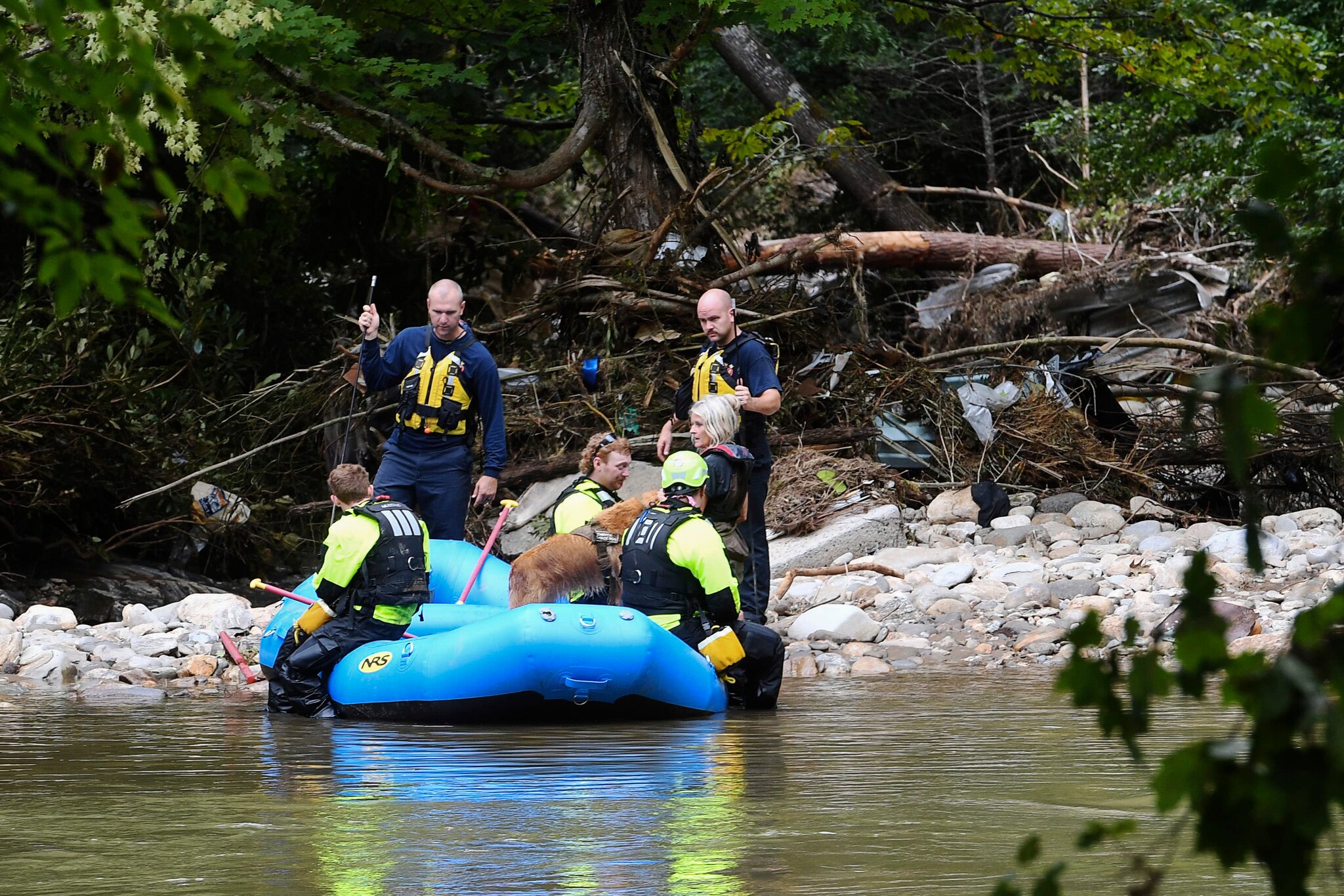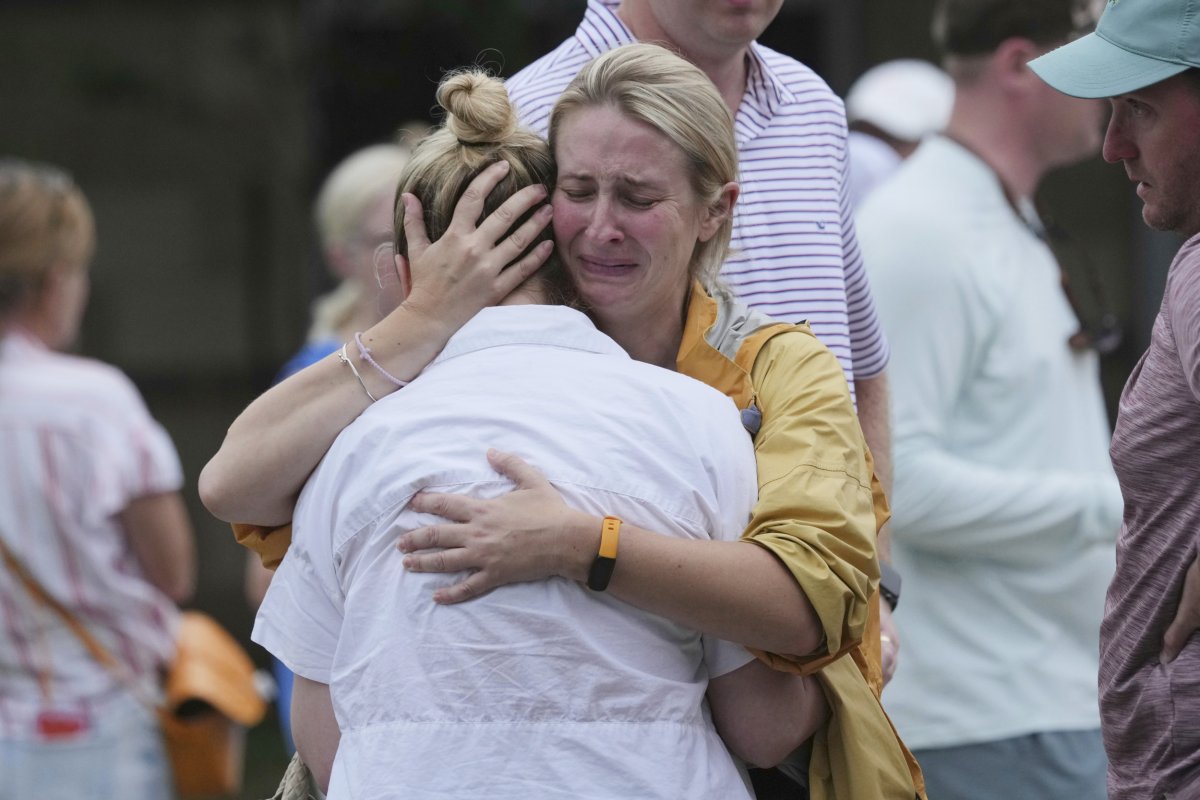Camp Mystic Flood: Rescuers Search for Missing Girls
Texas Flood Tragedy: Over 20 Camp Girls Missing as Death Toll Rises

Heavy rainfall struck Central Texas overnight, and one of the hardest-hit places was Camp Mystic, a summer retreat for girls. Last week, a powerful flash flood swept through Central Texas and struck Camp Mystic — a well-known summer camp for girls in Kerr County. What was meant to be a week of bonding and outdoor adventure turned into a nightmare as a wall of water quickly rose, destroying cabins and leaving more than 20 girls missing. As of the latest reports, the disaster has claimed 24 lives, including both campers and staff. As of the latest reports, 24 people have died, including campers and staff.
How the Flood Caught Camp Mystic Off Guard
It began with relentless rainfall overnight, with local weather stations recording over 10 inches of precipitation in hours. The Guadalupe River, which runs through the heart of the campgrounds, quickly swelled, reaching historic flood levels within just 45 minutes. Without a modern flood warning system, the storm overwhelmed the camp before anyone could prepare.
By dawn, the once peaceful river had transformed into a deadly torrent. At first light, emergency responders mobilized and discovered that floodwaters had already submerged entire sections of the camp. Floodwaters swept cabins downstream, leaving parents heartbroken and in disbelief as they waited for updates.
Rescue Efforts Push On Despite Dangerous Conditions

Search and rescue teams have been working around the clock to locate the missing. Helicopters, drones, boats, and ground crews have been deployed to navigate the treacherous terrain. Fallen trees, thick mud, and unstable structures have made access difficult, slowing down operations.
Despite their efforts, the list of the missing continues to change as new information comes in. Several girls have been located—some rescued from trees or debris fields—while others are tragically confirmed among the dead. The situation remains fluid, and the region is bracing for further rainfall, which threatens to complicate the mission.
Why Camp Mystic Was Vulnerable
Camp Mystic is situated in a low-lying area beside the Guadalupe River. While it has long been a cherished site for generations of campers, its location makes it highly susceptible to flash flooding, especially during Texas’s intense summer storms.
The camp had no active siren or automated warning system. Though flood advisories were issued, the speed and scale of the storm overwhelmed even seasoned emergency managers. Critics argue that more should have been done to prepare, especially given the site’s previous encounters with high water levels.
The Emotional Toll on Families and Communities
As families gather at reunification centers, stories of heartbreak and hope fill the air. Many parents still await news of their daughters. Some have reunited with loved ones, while others face the unthinkable. Counselors, local pastors, and mental health professionals are offering around-the-clock support to the families affected.
California residents, the flood represents more than a weather disaster—it is a communal tragedy. Vigils are being held throughout Texas to honor those lost and to support those still missing. The camp’s leadership has promised full cooperation with investigators and families, vowing to rebuild both the site and the trust of the community.
A Wake-Up Call for Flood Preparedness
This catastrophe serves as a stark reminder of the urgent need for infrastructure and preparedness upgrades. Flood-prone areas across the United States have been repeatedly hit by increasingly severe weather events. Yet many remain without basic warning systems such as:
-
Flood sirens
-
Real-time radar-linked mobile alerts
-
Elevated shelters
-
Marked evacuation routes
The tragic loss of life at Camp Mystic is igniting a broader conversation about what must change to prevent future disasters of this scale.
What Can Be Done to Prevent This Again?
Communities, particularly those hosting youth camps and schools near rivers or floodplains, are being urged to re-evaluate their protocols. Here are some actions that could have made a difference:
-
Install audible sirens linked to NOAA and local radar
-
Conduct flood simulation drills for all campers and staff
-
Pre-designate high ground shelters that are quickly accessible
-
Limit overnight sleeping within 100 yards of riverbanks
-
Partner with weather experts to receive early, localized forecasts
Such changes require not only funding but a shift in mindset—from reaction to prevention.
Why This Matters: Use Case in Disaster Risk Reduction
The Camp Mystic tragedy is a real-world example of how quickly nature can turn deadly. It also highlights what can happen when warning systems fail or don’t exist.
Problem: Fast-rising rivers can submerge entire areas in minutes. Without alerts or evacuation protocols, people—especially children—are left defenseless.
Solution: Implementing modern early warning systems, clear escape routes, and physical infrastructure like elevated cabins can provide precious minutes that save lives.
Who It Affects: Youth camps, schools, recreational parks, and residential areas near floodplains.
Why Take Action Now: As climate events grow more extreme, these “once-in-a-lifetime” floods are becoming more common. Communities must act proactively, not reactively.
How Families Can Respond and Prepare
While government agencies play a key role, parents and caregivers can also advocate and prepare:
-
Ask camps and schools for their disaster readiness plans
-
Ensure children know basic flood survival skills
-
Consider GPS-based family locator apps for peace of mind
-
Stay connected to emergency alert systems during storm seasons
Preparedness can mean the difference between life and death, especially when it comes to flash flooding.
Where This Is Headed: Investigations and Accountability
There is growing public demand for answers. Investigations are underway at both the state and federal levels to determine:
-
Whether flood warnings were properly communicated
-
If the camp complied with existing safety codes
-
What systemic gaps exist in flood risk management
The results may shape legislation, funding priorities, and safety codes for camps across the country.
Frequently Asked Questions
Q1: Why were there no flood warning sirens at Camp Mystic?
Kerr County had no installed flood sirens despite years of discussions. Budget constraints and bureaucratic delays contributed to the lack of action.
Q2: Are more floods expected in the area?
Yes. Forecasters warn that the area could see additional rainfall in the coming days, raising fears of secondary flooding and complicating rescue efforts.
Q3: What should parents look for in a camp’s emergency preparedness plan?
Parents should ask whether the camp has:
-
A flood or weather-specific emergency plan
-
On-site warning systems (sirens, alerts)
-
Staff trained in evacuation
-
Designated shelter zones away from flood areas

